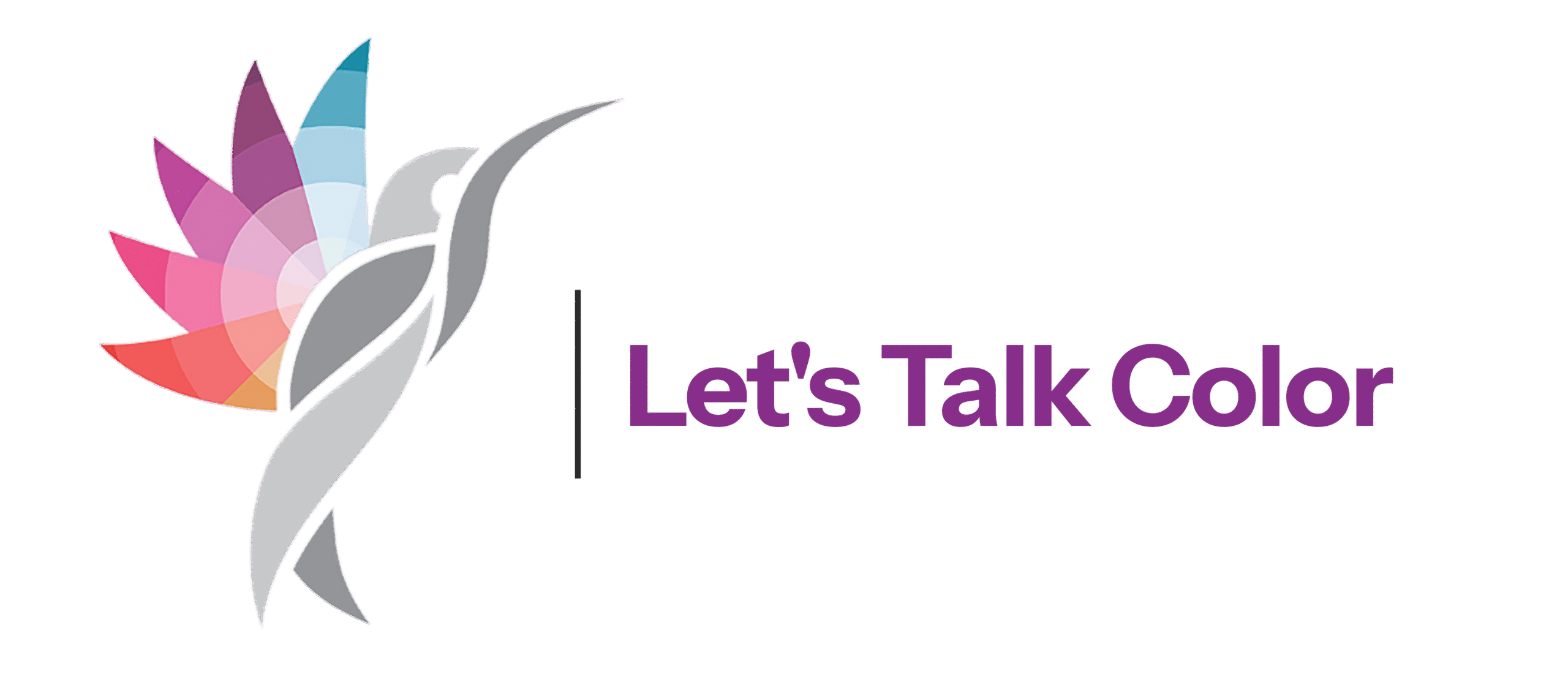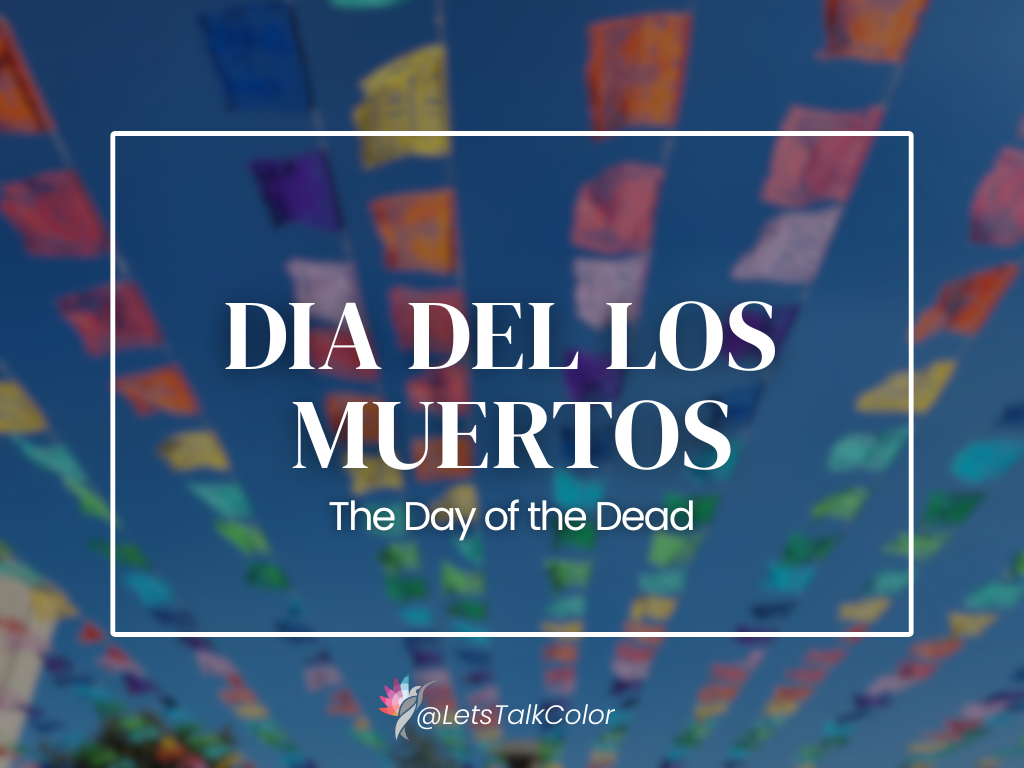When most people first hear “Day of the Dead,” they picture sugar skulls, marigold flowers, and bold colors — but Día de los Muertos is so much more than that. It isn’t scary, sad, or spooky. It’s one of the most meaningful cultural celebrations in Mexico and Latin America, honoring loved ones who have passed with joy, remembrance, and color.
Because in this tradition, color doesn’t just decorate — it communicates love, memory, and the belief that death is simply another part of life’s journey.
Let’s explore how this tradition works, and more importantly, what each color symbolizes.
A Celebration of Life — Not Death
Unlike Halloween, Day of the Dead isn’t about ghosts or fright. It’s a two-day celebration (November 1–2) with roots in ancient Aztec culture and Catholic influence. Families welcome back the spirits of loved ones by preparing altars called ofrendas, layered with photographs, flowers, candles, food, and symbolic colors.
Everything placed on an altar has meaning — and color plays one of the biggest roles.

The Colors of Día de los Muertos — and What They Represent
🧡 Orange & Yellow – Marigolds (Cempasúchil)
These bright, warm colors come from marigold flowers, believed to guide spirits back home with their strong fragrance and vibrant color.
- Represents: life, hope, sun, and remembrance
- Symbol: Light for the path between worlds
🟣 Purple – Mourning & Spirituality
Purple honors grief, mourning, and spiritual connection. It acknowledges the emotional weight of loss, but also the sacredness of remembering.
- Represents: sorrow, faith, and reverence
- Often used in: altar cloths, candles, papel picado
💗 Pink – Celebration & Happiness
Pink may seem unexpected, but on Día de los Muertos, it reinforces that remembrance is full of love, joy, and even humor.
- Represents: happiness, devotion, and celebration of life
💛 Gold – The Color of the Sun
Gold represents the belief that loved ones continue in the warmth and light of the afterlife. It symbolizes eternity.
- Represents: light, divine presence, and guidance
⚪ White – Purity & Renewal
White candles and flowers remind us of purity, new beginnings, and hope.
- Represents: spiritual cleansing, innocence, peace
❤️ Red – The Blood of Life
Red symbolizes both sacrifice and the beauty of living. It is often incorporated in flowers and papel picado.
- Represents: love, vitality, and the human connection
🖤 Black – The Afterlife
Black is not used for fear or sadness. Instead, it symbolizes the afterlife and the idea that death is not an end — just a transition.
- Represents: mystery, rebirth, and the eternal cycle
Typical little girl, my niece Annimae, chose pinks and purples to celebrate her part in this beautiful tradition!

Why Color Matters in This Tradition
Día de los Muertos doesn’t hide from death — it transforms it.
Every shade tells a story:
• Warm colors welcome spirits with comfort
• Cool colors honor grief, memory, and faith
• Bright colors celebrate the joy of a life once lived
The palette is emotional, symbolic, and spiritual — color becomes a language of love and remembrance.

What We Can Learn From These Colors
Even if you don’t celebrate Día de los Muertos, the message is universal:
- Color can heal.
- Color can honor.
- Color can keep memories alive.
This tradition reminds us that color isn’t just decorative — it shapes emotion, mood, and meaning in every culture.
Once I understood the meaning, the story, and the sentiment behind it, I didn’t find it strange or weird at all. In fact, it made me wonder why we all don’t embrace the tradition and celebrate our loved ones forever into eternity.







